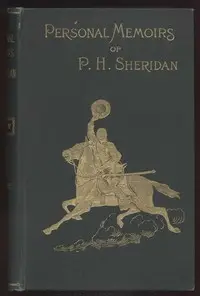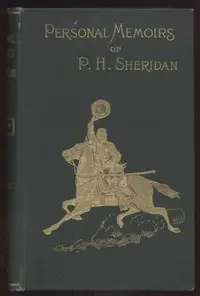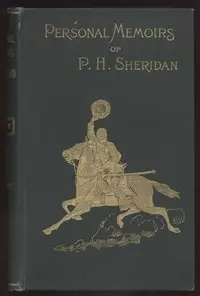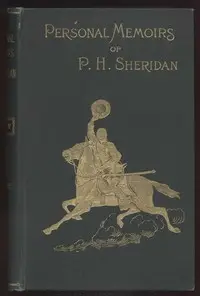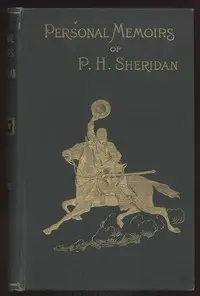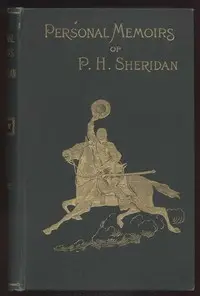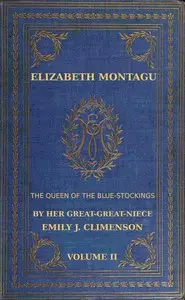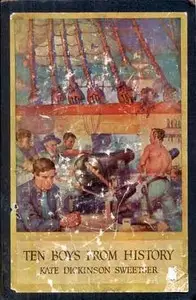"Personal Memoirs of P. H. Sheridan, Volume 2, Part 6" by Philip Henry Sheridan is a recollection focusing on post-Civil War America. Returning to military duties from a period in Louisiana with a stop at Fort Leavenworth, Kansas, Sheridan chronicles the rising tensions between Native American tribes and the encroaching settlers and railroads. The narrative examines the failure of treaties, like the Treaty of Medicine Lodge, to maintain peace. As dissatisfaction grows among tribes like the Cheyennes and Arapahoes, with raids and violence becoming common, this historical account captures the difficulties of military campaigns aimed to restore order amidst broken agreements and escalating conflict.
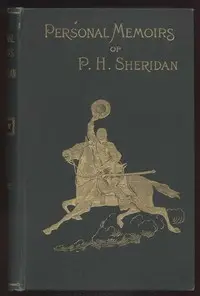
Personal Memoirs of P. H. Sheridan, Volume 2, Part 6
By Philip Henry Sheridan
In a land rife with conflict after broken treaties, a military leader recounts his struggles to maintain peace between Native American tribes and the relentless march of settlers.
Summary
About the AuthorPhilip Henry Sheridan was a career United States Army officer and a Union general in the American Civil War. His career was noted for his rapid rise to major general and his close association with General-in-chief Ulysses S. Grant, who transferred Sheridan from command of an infantry division in the Western Theater to lead the Cavalry Corps of the Army of the Potomac in the East. In 1864, he defeated Confederate forces under General Jubal Early in the Shenandoah Valley and his destruction of the economic infrastructure of the Valley, called "The Burning" by residents, was one of the first uses of scorched-earth tactics in the war. In 1865, his cavalry pursued Gen. Robert E. Lee and was instrumental in forcing his surrender at Appomattox Courthouse.
Philip Henry Sheridan was a career United States Army officer and a Union general in the American Civil War. His career was noted for his rapid rise to major general and his close association with General-in-chief Ulysses S. Grant, who transferred Sheridan from command of an infantry division in the Western Theater to lead the Cavalry Corps of the Army of the Potomac in the East. In 1864, he defeated Confederate forces under General Jubal Early in the Shenandoah Valley and his destruction of the economic infrastructure of the Valley, called "The Burning" by residents, was one of the first uses of scorched-earth tactics in the war. In 1865, his cavalry pursued Gen. Robert E. Lee and was instrumental in forcing his surrender at Appomattox Courthouse.

